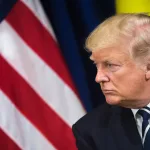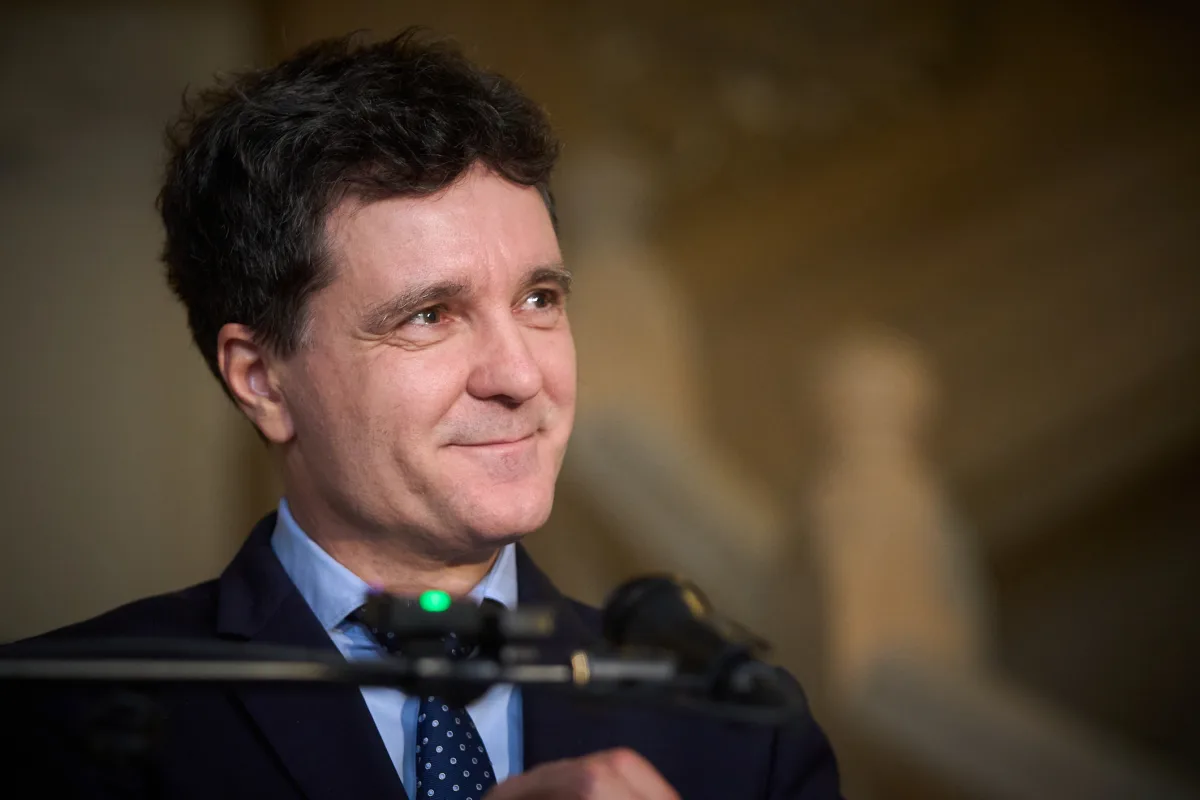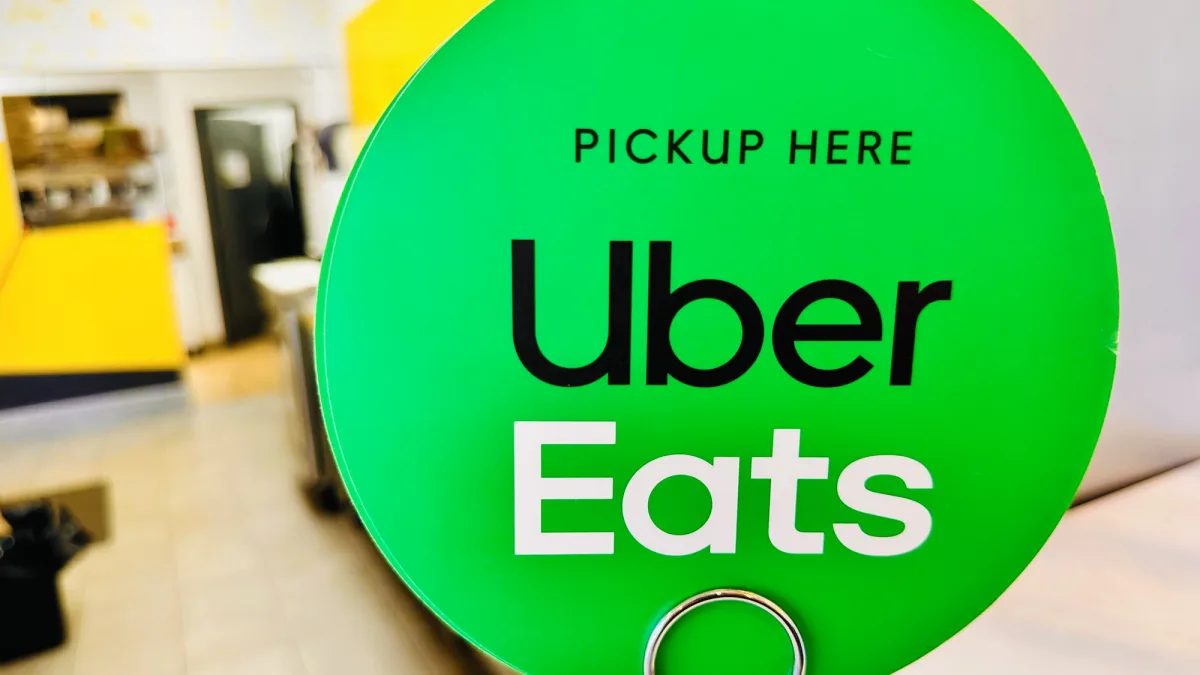When Nicușor Dan emerged victorious in Romania’s presidential election on May 18, securing 54 per cent of the vote against hard-right challenger George Simion, it marked more than just another triumph for pro-European forces over populist nationalism.
Dan’s victory came after months of political turbulence that had exposed Romania to accusations of Russian interference, yet ultimately showcased one of Europe’s most ambitious experiments to date in using blockchain technology to secure democratic processes.
Gone—it would appear forever—are the days when Romanian elections could be tainted by the multiple-voting scandals that once plagued the country’s democratic credibility. The immutable nature of blockchain has rendered such electoral chicanery not merely difficult, but mathematically impossible.
The country’s new president, a mathematician of some renown and outspoken supporter of further digitalisation, no doubt approves.
Increasing trust in data integrity
Last year, shortly before Romania’s first attempt at electing a new president was annulled by the country’s highest court amidst allegations of a Russian social media influence operation impacting the vote, Romania had become the first EU country deploy blockchain technology for counting and validating votes in a national election.
The country’s electoral authority, working with the Special Telecommunications Service (STS), deployed a real-time portal where results could be tracked, with data recorded on the European Blockchain Services Infrastructure (EBSI)—a network spanning all 27 EU member states as well as Norway and Liechtenstein.
The technology proved its worth during this month’s election re-run. Data sets collected at polling stations were recorded as transactions on the blockchain, containing both public information and a hash of private data whose privacy was guaranteed throughout the process.
Citizens could monitor vote counting live through a public dashboard, transforming what is often an opaque process into one of unprecedented transparency. As the STS noted, the system aimed to, “strengthen the resilience of the Romanian electoral system, by ensuring traceability and increasing trust in data integrity”.
It made accusations by Simion’s supporters of mysteriously large numbers of votes being added to Dan’s tally look quite ridiculous.
Beyond the ballot box
Romania’s experiment represents something far more significant than a technological fix for electoral security. It signals the maturation of blockchain from its shady cryptocurrency origins into a versatile tool for public administration—what one might call the coming of age of govtech.
The technology’s core promise—immutable, transparent record-keeping without the need for a central authority—addresses fundamental challenges that have plagued public services for centuries: corruption, inefficiency, and lack of trust.
Consider the breadth of applications already being explored. In Georgia, over 1.5 million land titles have been registered on blockchain since 2018, allowing citizens to receive digital certificates with timestamps and cryptographic proof of ownership.
This has effectively solved the property disputes that historically plagued the country. Estonia, ever the digital pioneer, has integrated blockchain into its e-Residency programme, while Denmark’s Liberal Alliance party uses a blockchain-based e-voting system for national elections.
Potential applications extend further still. Supply chain management, long the bane of government procurement officers, can be revolutionised through blockchain’s ability to track goods from origin to destination. Military equipment, medical supplies, and infrastructure materials can all be monitored through immutable ledgers that reduce fraud and mismanagement.
When Hurricane Katrina-style disasters strike, blockchain can ensure relief funds reach genuine victims rather than fraudsters.
Perhaps most transformatively, blockchain offers a path toward true digital identity—what technologists call ‘self-sovereign identity’. Citizens could maintain granular control over access to their personal data while ensuring information remains instantly verifiable. The World Bank estimates that 850 million people worldwide lack any form of legal identification—blockchain could provide these digital outcasts with a pathway to formal participation in the global economy.
The sceptics’ chorus
However, for all its promise, blockchain in government faces a chorus of scepticism; some of it from conspiracy theorists, but some of it well-founded.
Computer security experts have been particularly vocal about voting applications. There is ‘nearly universal consensus’ among experts that no technology available today, including the blockchain, can adequately secure an online public election against all potential threats. The blockchain can do little to prevent the kind of external social media manipulation that forced the annulment of Romania’s 2024 presidential election.
Other vulnerabilities are numerous: denial-of-service attacks can disrupt blockchain systems just as easily as conventional servers, while malware on voting devices can change votes before they ever reach the blockchain.
Furthermore, the challenges extend beyond technical concerns. Blockchain projects often suffer from what might be termed ‘solution-in-search-of-a-problem syndrome’. Many government processes work perfectly well with existing technology, and adding blockchain complexity without clear benefits serves mainly to create consulting opportunities for technology firms. Implementation costs can be enormous, and the energy consumption of some blockchain networks raises environmental concerns.
More fundamentally, blockchain’s decentralised ethos sits uneasily with the hierarchical nature of government. Democratic legitimacy derives from accountable officials making decisions through established processes—not from ‘code is law’ algorithmic governance. When Estonia suffered a major cyber attack in 2007, it was traditional government processes, not the blockchain, that restored public confidence.
A regulatory superpower
Despite these limitations, the gravitational pull toward blockchain in government appears inexorable. The technology addresses a fundamental challenge of modern governance: how to maintain public trust in an era of declining faith in institutions.
When citizens can independently verify government claims—whether about election results, land ownership, or procurement spending—the traditional dynamics of trust shift dramatically.
The European Blockchain Services Infrastructure that underpinned Romania’s election represents a particularly sophisticated approach. Rather than allowing individual nations to develop incompatible systems, the EU has created a shared platform that maintains national sovereignty while enabling cross-border coordination. This reflects Brussels’ broader strategy of positioning Europe as a ‘regulatory superpower’ that shapes global technology standards.
Romania’s wider blockchain ambitions extend well beyond elections. The country operates an NFT trading platform through its National Research Institute for Informatics, while the state news agency Agerpres now publishes official news on blockchain. These initiatives reflect a comprehensive strategy to position Romania—historically seen as a laggard in EU digital rankings—as a blockchain pioneer.
The implications stretch far beyond Romania’s borders. As governments worldwide grapple with disinformation, election security, and declining public trust, Romania’s experiment offers a potential template. The technology’s ability to create tamper-proof records while maintaining transparency could prove particularly valuable in fragile democracies where electoral legitimacy remains contested.
The long game
However, the true test of blockchain in government will not be its technological sophistication but its political sustainability. Technology projects that require citizens to change established behaviours often fail, regardless of their technical merits.
Blockchain voting, for instance, may be cryptographically secure but politically unacceptable if it reduces turnout among older voters uncomfortable with digital systems.
Success will likely come through gradual integration rather than revolutionary transformation. Romania’s approach—using blockchain to enhance existing processes rather than replace them entirely—offers a more promising path than grand visions of algorithmic governance. By focusing on transparency and verifiability rather than full automation, governments can harness blockchain’s benefits while maintaining democratic accountability.
The technology’s evolution from cryptocurrency speculation to government infrastructure reflects a broader maturation of the digital economy. Just as the internet transformed from a academic curiosity into essential infrastructure, blockchain is settling into its role as a specialised tool for solving specific institutional problems.
Romania’s presidential election may be remembered not just for Nicușor Dan’s victory over populist forces, but as the moment when blockchain technology proved its worth in democracy’s most fundamental process.
Whether this technological transformation strengthens or weakens democratic governance will depend on implementation details that extend far beyond code. The challenge for governments is not merely technical but political: how to harness blockchain’s transparency benefits while preserving the human judgment and accountability that remain essential to effective governance.
Romania, for once, has shown the way forward. The question now is whether others will follow.
Nicușor Dan. Photo: Dreamstime.







